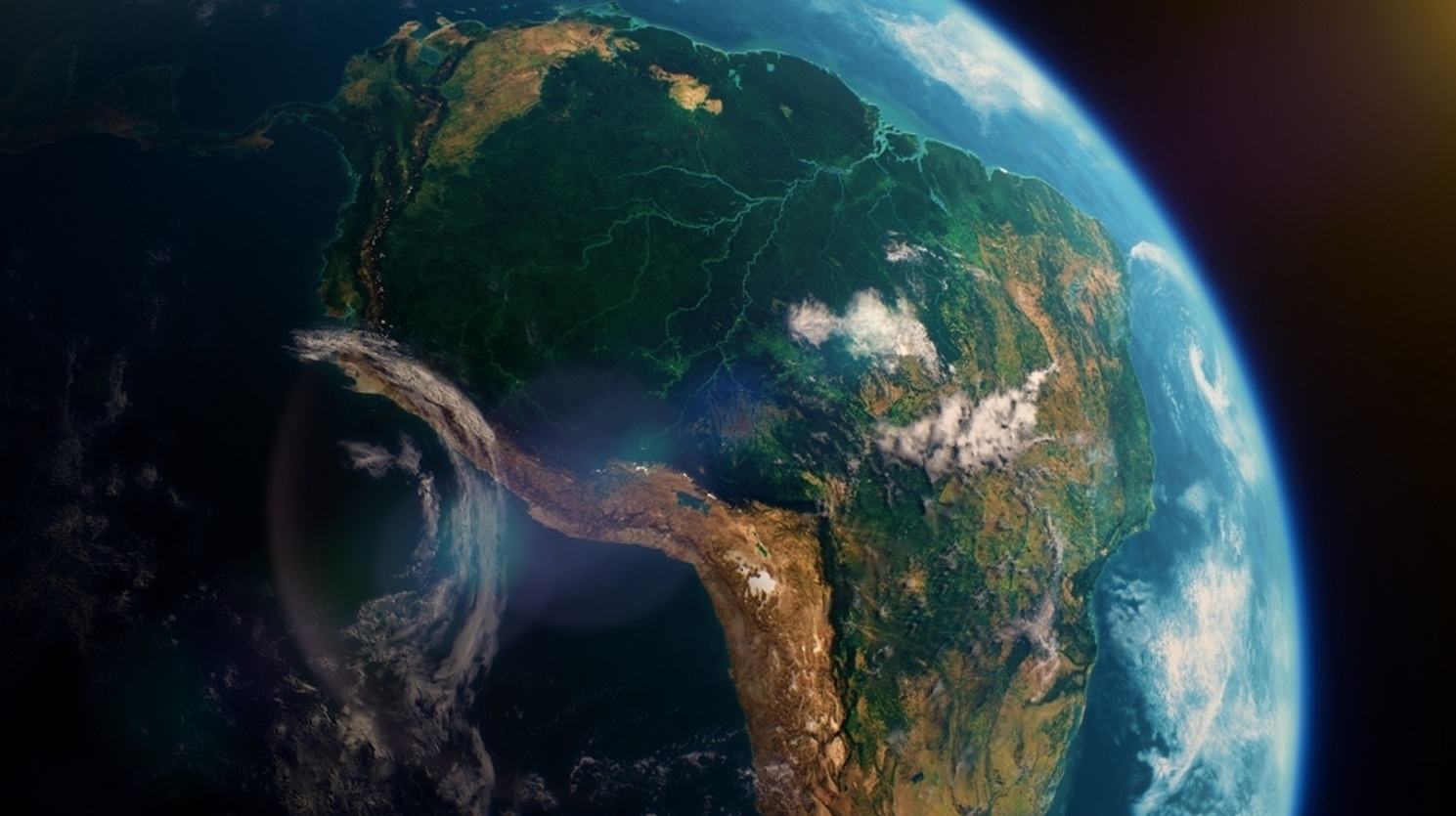GEC will utilize the best technologies available to achieve our goal of improving the population's lifestyle. We plan to train local workers to both install these systems as well as maintain them through the useful life
Below are just a few examples of the Technologies GEC will deploy for an array of regional sustainable projects.
click an icon below for more information.
Structural Insulated Panel Systems
Hydroponic Crop Growth
Advance microbial composting of food and animal waste
Advanced waste and water treatement systems
For more detailed information about our Social Project
click the link below
Stay in the Know!
Join the fight against climate change: stay informed and take action with our global warming newsletter.
Facts pertaining to R.E.D.D. carbon Credits

Facts pertaining to R.E.D.D. carbon Credits
Tropical rain forests that the R.E.D.D. program protects play a vital role in the functioning of the planet's natural systems. The forests regulate local and global weather through their absorption and creation of rainfall as well as through their exchange of atmospheric gases which assists in the prevention of climate change. These rain forests are considered to be among the largest forms of carbon sequestration in the world.
One must consider the atmosphere of the globe is one closed system so it does not matter where in the world the carbon is created it can be absorbed by the forest half a globe away. The Amazon and the African basin rain forests create 50 - 80 percent of their own rainfall through transpiration. Cutting the rain forests (especially clear cutting as many logging companies do in these regions) changes the reflectivity of the earth's surface, which greatly affects global weather by altering wind and ocean current patterns, and changes rainfall distribution. If the forests continue to be destroyed, global weather patterns will likely become more unstable and extreme while carbon absorption (through photosynthesis) will continue to be diminished.

R.E.D.D. Key Factors
A key factor in preserving the rain forest is finding a way to change the practices of the government and the way local population are using the forest and its related destruction (i.e. logging concessions granted by the government, burning the trees to create charcoal and clearing for rudimentary farming efforts by the local population) as form of revenue or as a way to live. By monetizing these carbon credits, we are able to provide replacement income for the government to carry out social programs. GEC Communities will work in close concert with the government to find the most impactful ways to help the indigenous population benefit from this program. Additionally, to the extent the income from the sales of the carbon credits is used to create jobs, housing and an improved standard of living, the local population can be redirected from using the destruction of the rain forest as a method of feeding and housing themselves.
Interested in R.E.D.D.
If you would like more information pertaining to R.E.D.D. carbon credits and the impact they have on our environment please send us your email and we will send you back our white paper!